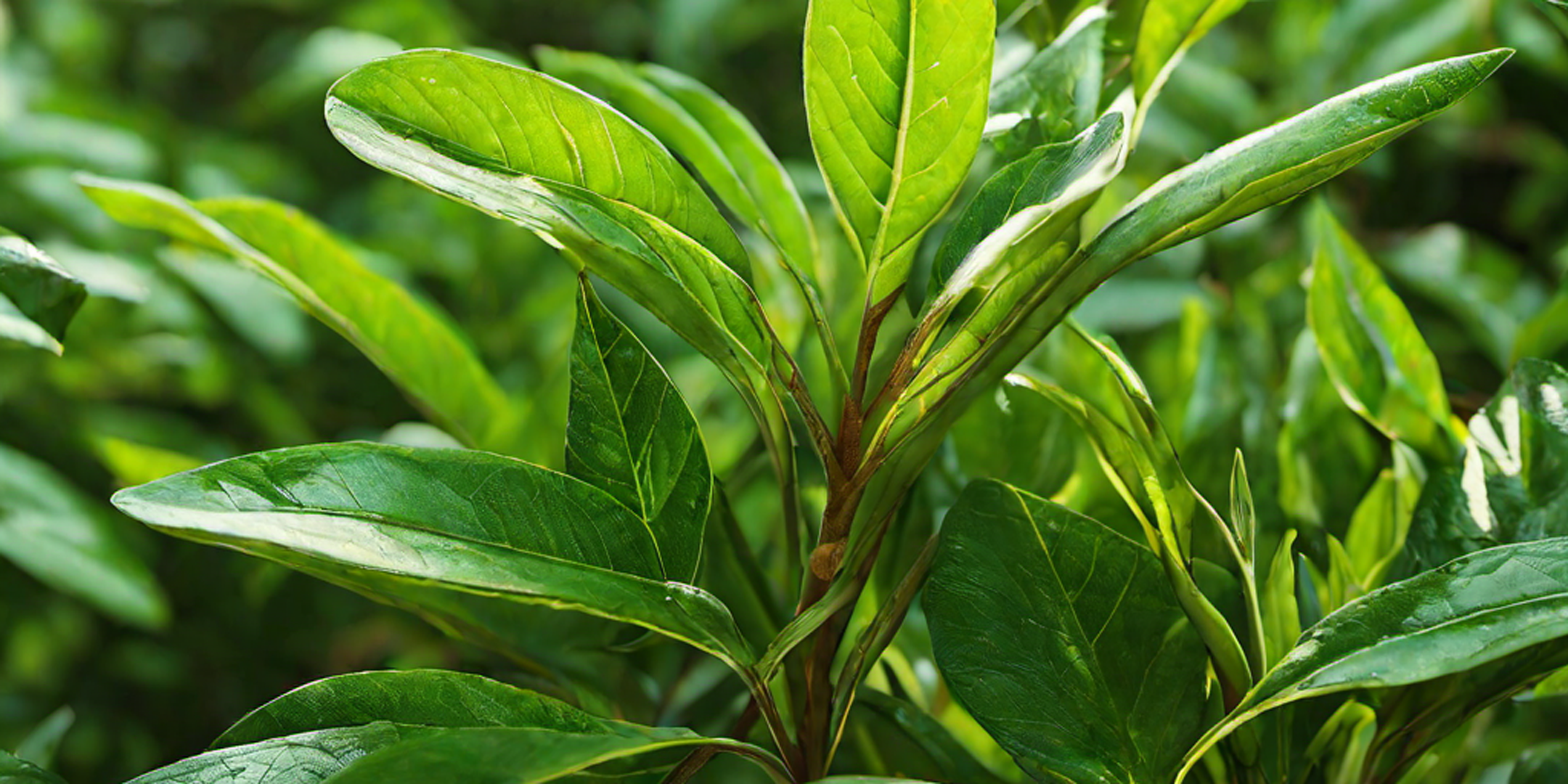1. Introduction: A brief overview of the topic and why it is important to understand the history of iced tea.
Iced tea is a beloved beverage, especially during the hot summer months. But have you ever wondered about its origins and how it became such a popular drink? The history of iced tea is a fascinating tale that spans centuries and continents, showcasing the ingenuity and creativity of humans throughout time. From its humble beginnings as a medicinal drink to its status as a refreshing and versatile beverage today, the history of iced tea is a testament to our ever-evolving tastes and preferences. Join us as we explore the fascinating journey of this beloved beverage.
2. The early beginnings: Exploring the origins of iced tea and its evolution over time.
To understand the history of iced tea, we have to go back in time to ancient civilizations. The origins of tea itself can be traced back to the 3rd century BCE in China, where it was believed to have medicinal properties. However, it wasn't until the 19th century that the concept of iced tea emerged.
The credit for popularizing iced tea goes to an enterprising English tea merchant named Richard Blechynden. In 1904, he introduced iced tea at the St. Louis World Fair as a way to attract visitors to his exhibit. The refreshing and chilled beverage quickly gained popularity, especially among Americans who were looking for a way to beat the summer heat.
From there, iced tea took off, and various versions and variations emerged. In the South, it became synonymous with hospitality and sweet tea, while in other parts of the world, it was enjoyed without any sweetener. Furthermore, different flavors, such as lemon or peach, were added, further expanding the possibilities of this refreshing drink.
3. Popularization and commercialization: How iced tea gained popularity and became a staple in American culture.
In the early 20th century, iced tea started to gain widespread popularity in America. The refreshing and chilled beverage quickly became a beloved staple, especially during the sweltering summer months. Its popularity can be attributed to several key factors.
Firstly, the timing was perfect. The introduction of iced tea coincided with technological advancements in refrigeration, making it possible to keep drinks chilled for longer periods. This made it more accessible and convenient for people to enjoy iced tea at home and in public establishments.
Secondly, the cultural significance of iced tea played a significant role in its popularity. In the South, specifically, sweet tea became a symbol of hospitality and was served at social gatherings, family reunions, and even in everyday meals. The tradition of sweet tea continues to be deeply-rooted in Southern culture to this day.
Additionally, the commercialization of iced tea greatly contributed to its popularity. Bottled iced tea became commercially available in the 1960s, allowing people to easily purchase and enjoy their favorite flavors without the need for preparation. This convenience factor further fueled the growth and popularity of iced tea.
Today, iced tea has become a quintessential beverage in American culture, with a wide range of variations, flavors, and brands available. From classic sweet tea to fruity and herbal infusions, iced tea continues to evolve and adapt to the changing tastes and preferences of consumers.
4. Regional variations: Exploring the different regional variations of iced tea and their unique characteristics.
As iced tea gained popularity across America, different regions began to put their own spin on this refreshing beverage. Each region developed its own unique style, adding flavors and ingredients that reflected their culinary traditions and preferences. In this section, we will delve into the regional variations of iced tea and discover the diverse range of flavors and techniques used.
Starting in the South, sweet tea continues to reign supreme. Known for its distinct sweetness, this version is made by dissolving sugar in hot tea before adding ice to cool it down. The sweet tea of the South is often served in large glasses with a slice of lemon or sprig of fresh mint. It remains a beloved staple in Southern households and is the beverage of choice at social gatherings and barbecues.
Moving up north to the Northeast, unsweetened iced tea is more prevalent. New Englanders prefer their tea without sugar, allowing the natural flavors of the tea leaves to shine through. This version is often accompanied by a wedge of lemon for a zesty kick. In the urban areas of the Northeast, you can find iced tea infused with different flavors such as raspberry, peach, or blueberry, catering to the diverse tastes of the metropolitan crowd.
In the West Coast, iced tea takes on a more health-conscious approach. It is common to find iced tea made with green tea, as it is known for its numerous health benefits. The West Coast also boasts a variety of unique flavored iced teas, such as hibiscus, lavender, and jasmine, offering a refreshing and floral twist to the traditional beverage.
Heading down to the Southwest, you will encounter the enchanting world of Mexican iced tea. This version, known as "agua de Jamaica," is made by steeping dried hibiscus flowers in water to create an intense and tangy infusion. Agua de Jamaica is typically served chilled and is the perfect companion to spicy Mexican cuisine.
Lastly, we cannot overlook the international variations of iced tea. In Asia, iced tea is a staple in countries like India, Thailand, and Japan. Each country has its own unique way of preparing and serving iced tea, incorporating local herbs, spices, and fruits to create vibrant and flavorful concoctions.
5. International influence: The impact of iced tea on global beverage trends and its integration into various cultures.
The history and evolution of iced tea did not confine itself to the borders of the United States. Over time, this refreshing beverage spread its wings and made its way to different parts of the world, leaving a lasting impact on global beverage trends. The versatility and adaptability of iced tea allowed it to seamlessly integrate into various cultures, resulting in a multitude of unique and delicious variations.
In Asia, for example, iced tea has become a staple in countries like India, Thailand, and Japan. Each of these countries has put their own twist on this beloved beverage, incorporating local herbs, spices, and fruits to create vibrant and flavorful concoctions. In India, iced tea is often infused with aromatic spices like cardamom, cinnamon, and cloves, giving it a warm and inviting flavor. In Thailand, iced tea is commonly served with a generous amount of crushed ice and a splash of evaporated milk, creating a sweet and creamy sensation. Meanwhile, in Japan, iced tea takes on a more delicate and elegant form, often made with high-quality green tea and served unsweetened to highlight the natural flavors.
Beyond Asia, iced tea has also made its mark in other parts of the world. In the United Kingdom, for instance, a classic iced tea known as "tea with lemon" is often enjoyed on sunny afternoons. This version involves brewing black tea, squeezing fresh lemon juice, and adding a hint of sugar to create a perfectly balanced and refreshing drink. In the Caribbean, iced tea takes on a tropical twist with the addition of tropical fruits like pineapple, mango, and passionfruit, creating a vibrant and fruity explosion of flavors.
The influence of iced tea on global beverage trends is undeniable. Its adaptability and ability to incorporate local flavors and ingredients have allowed it to become a beloved beverage in many cultures around the world. In the upcoming sections, we will explore some of these international variations in more detail. From the aromatic spiced iced teas of India to the delicate and refreshing green tea concoctions of Japan, get ready to embark on a flavorful journey as we uncover the world of international iced tea variations.
6. Health benefits and market growth: Exploring the health benefits associated with iced tea and its contribution to the booming beverage industry.
In addition to its delicious taste and versatility, iced tea also offers numerous health benefits that contribute to its growing popularity. Many studies have shown that iced tea, especially those made from green and black teas, is rich in antioxidants and can aid in improving heart health, boosting immunity, and promoting overall wellbeing. These health benefits, coupled with the increasing demand for healthier beverage options, have led to a significant growth in the market for iced tea.
The global market for iced tea has witnessed steady growth over the years, with consumers increasingly seeking out innovative flavors and healthier alternatives to sugary beverages. With evolving consumer preferences, manufacturers have responded by introducing a wide range of iced tea options, including unsweetened and low-sugar versions, as well as herbal and fruit-infused varieties.
As people become more health-conscious, iced tea has emerged as a refreshing and guilt-free option for hydration. Its low calorie and sugar content, combined with its natural flavors, make it an attractive choice for those looking to maintain a balanced diet without compromising on taste. With its health benefits and diverse range of flavors, it's no wonder that iced tea continues to gain popularity worldwide.
7. Conclusion: Summarizing the importance of understanding the history of iced tea and its continued significance in today's world.
In conclusion, understanding the history of iced tea gives us a glimpse into the origins of this refreshing beverage and its evolution over time. From its humble beginnings as a novelty item at the 1904 World's Fair to its current status as a global beverage phenomenon, iced tea has come a long way.
Not only is iced tea delicious and versatile, it also offers numerous health benefits. Studies have shown that it is rich in antioxidants and can improve heart health, boost immunity, and promote overall well-being. As consumers increasingly seek out healthier beverage options, the iced tea market has responded with a wide range of innovative flavors and variations to cater to different dietary needs and preferences.
So whether you prefer a classic black iced tea, a refreshing herbal infusion, or a fruity combination, there is an iced tea option out there for everyone. Cheers to the rich history and continued significance of iced tea in our lives!




